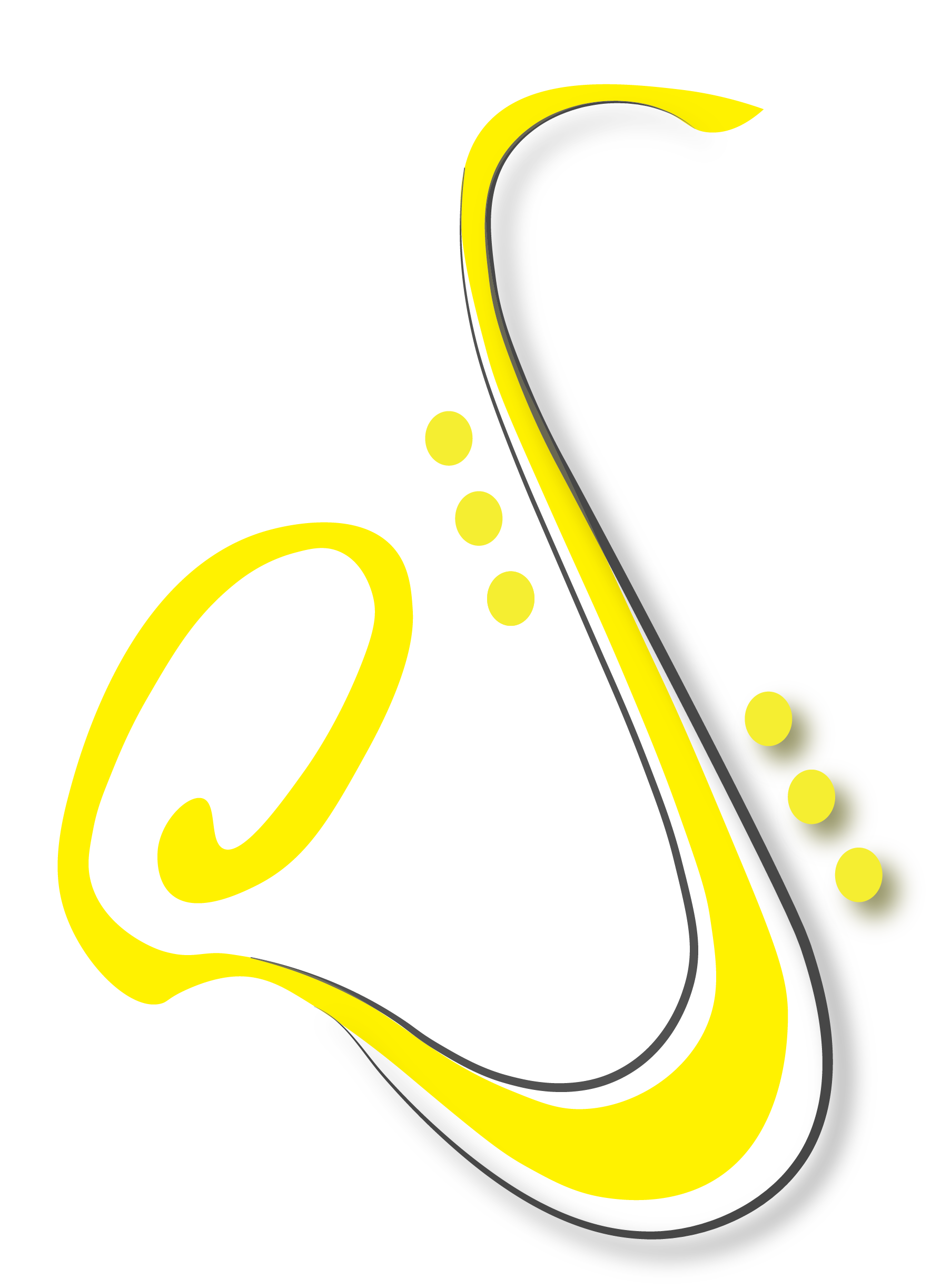Statement on Teaching
Music can be the most enriching field of study a student can take during their primary and secondary education. Opportunities for learning, self-expression, creativity, social interaction, and higher-level thinking are abundant in the creation of music. I believe any student can experience these processes; it does not matter what age, gender, race, or any other characteristic a student has. Anybody can be a part of music in my program as I provide opportunities to explore music from all backgrounds and cultures. As a musician-teacher, I have an obligation to myself to provide musical experiences for my students. Every day is a chance for a student to experience something greater than the individual. My goal as a teacher is to provide a medium for expression and creativity by youth. Music education is not simply having students make music, but by providing students with a decision-making process that allows them to be artistic, be it with their voice or their instruments.
I engage and encourage my students by placing them in a balance of situations that are both comfortable and uncomfortable. Uncomfortableness allows us to grow not only as musicians but as people too. It provides a collaborative opportunity for our students and us to learn and experience new ideas, which so often seems lacking in today's world. Nonetheless, I also ensure that my teaching environment is a supportive place. Students can not be successful if a teacher berates and criticizes them incessantly. I believe there is an importance in being a positive source of energy for my students and connecting with them emotionally. To achieve these high-quality relationships, I use clear and efficient communication, which I also utilize when connecting with parents. I understand the importance of parent involvement in the education process, particularly in the realm of music, and I believe they can be utilized in several aspects of a band program.
The foundation of my lessons is built on performance, augmented with response and creation. This can be made possible by providing students with opportunities to make decisions on their own, whether as part of an ensemble or individually. This extends into chamber settings as well, which I encourage my students to take part in. These decisions would be artistic, meaningful and most advantageous in their musical growth. I assess said growth in many different ways, including listening to recordings made at home, reading responses to music either our ensemble or another has performed, and reflecting on compositions made by students. I am aware that evaluating student works of art is difficult to assess because of its subjective nature, so I ensure to refine my assessments to reflect this ambiguity.
Teachers must be willing to continue growing, not only as educators but as musicians too. Learning is a lifelong experience, one that will certainly never stop for me. I know that I need to continue finding new ways to be an effective teacher and explore opportunities that will make me more knowledgeable as a musician so that I can provide my students with the best education possible. Whether it be reaching out and speaking with masters of a particular craft or taking part in a new experience that allows me to explore new methods of teaching, I am always looking to improve myself. If I am not open to improvement on myself, I could never expect my students to be willing to do the same. Part of the process of learning involves exploring the use of new technology. I am an ardent supporter of technology in the classroom and I consistently find ways to include it in my lessons.
